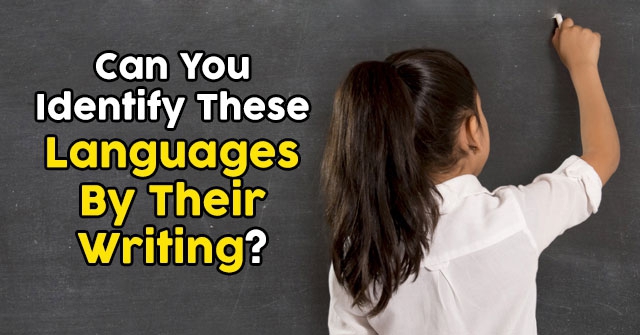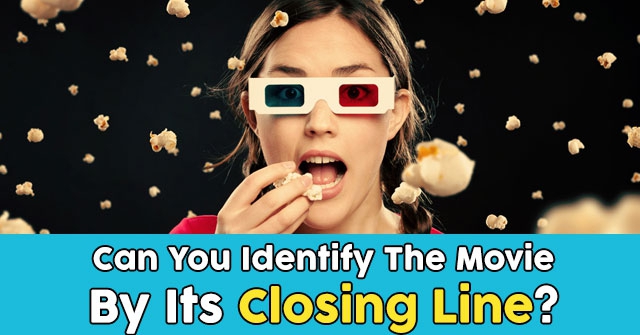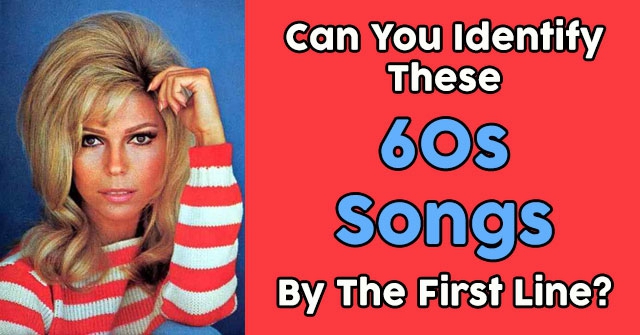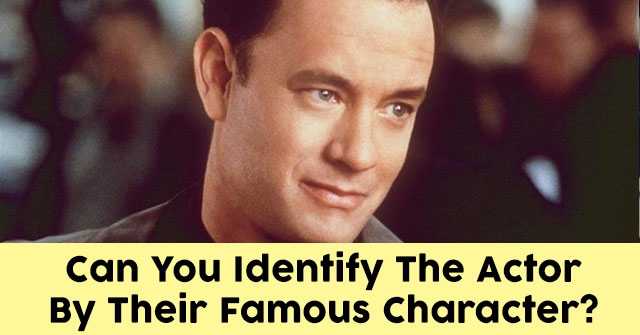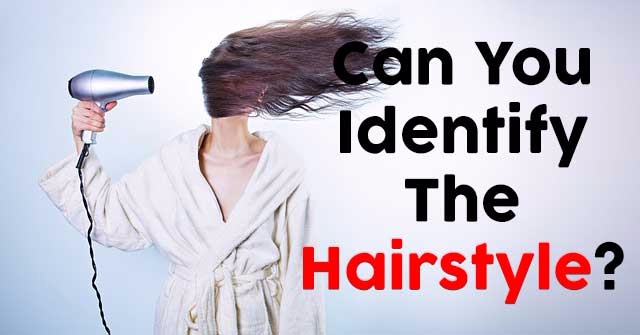Question 1/12
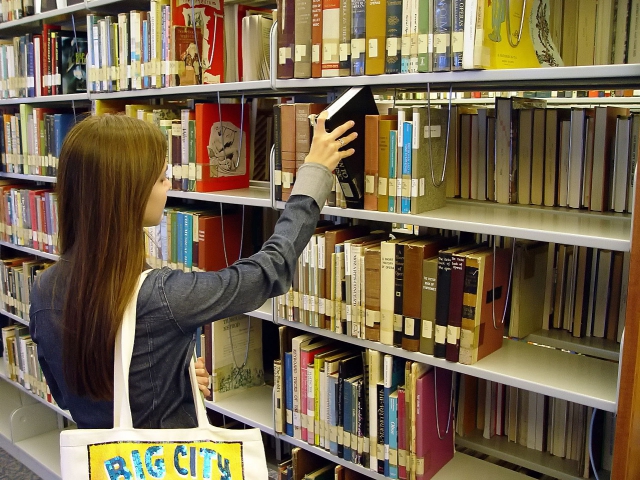
wikimedia.org
What does the following describe? A brief story or tale told by a character in a piece of literature
anecdote
allusion
oxymoron
Question 2/12
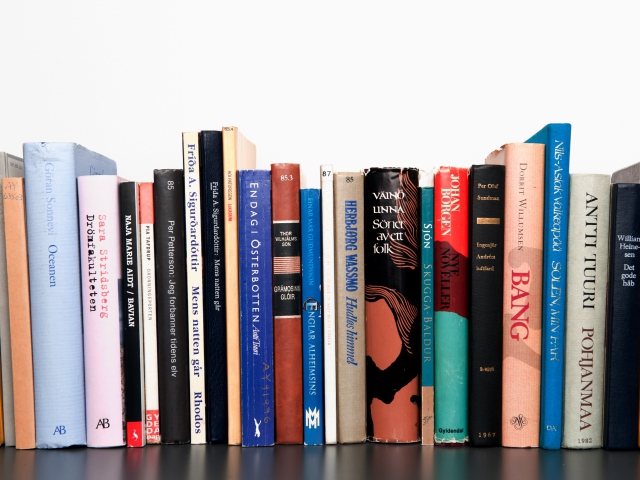
wikimedia.org
What does the following describe? A direct opposition between things compared; inconsistency
expletive
irony
contradiction
Question 3/12
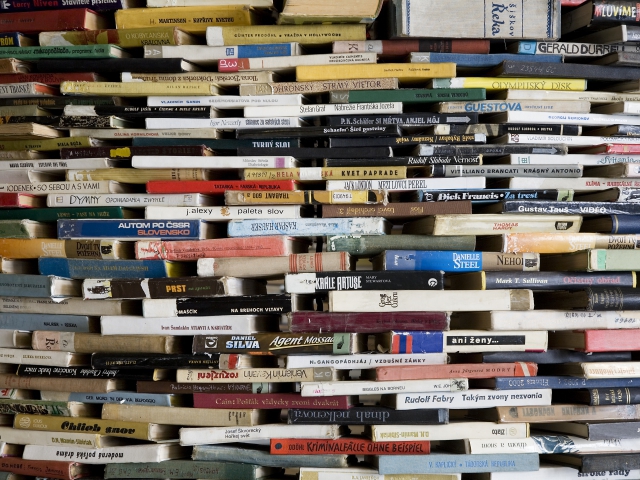
wikimedia.org
What does the following describe? A figure of speech that combines two apparently contradictory elements
oxymoron
syllogism
satire
Question 4/12
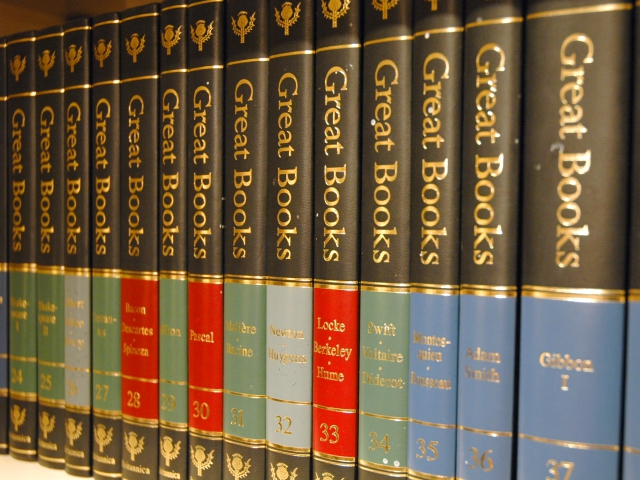
wikimedia.org
What does the following describe? A person or thing that makes another seem better by contrast
antagonist
foil
bildungsroman
Question 5/12
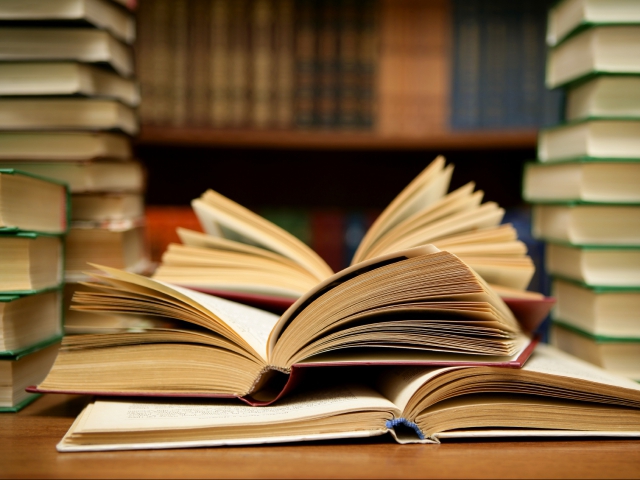
staticflickr.com
What does the following describe? A satirical imitation of a work of art for purpose of ridiculing its style or subject
parody
epitaph
paradox
Question 6/12
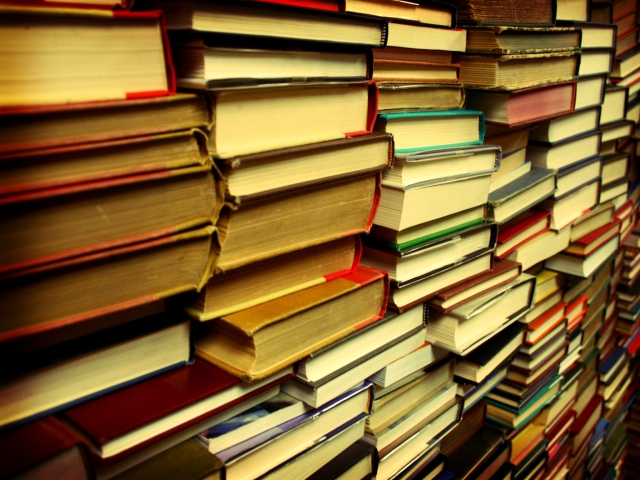
staticflickr.com
What does the following describe? A statement that seems contradictory, but is actually true
diction
analogy
paradox
Question 7/12
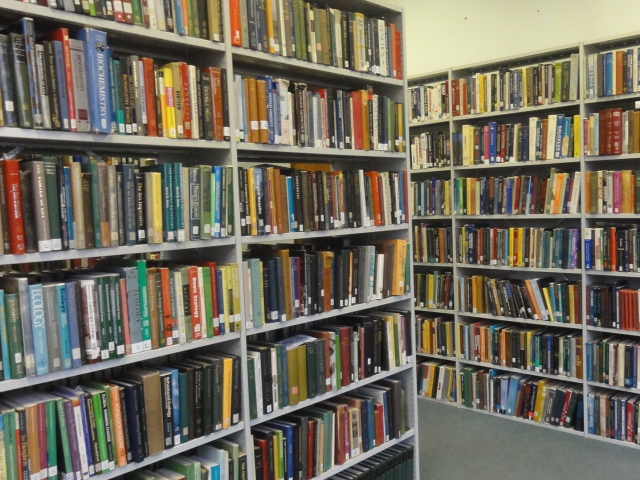
wikimedia.org
What does the following describe? Character or force in a literary work that opposes the main character
doppelganger
litote
antagonist
Question 8/12
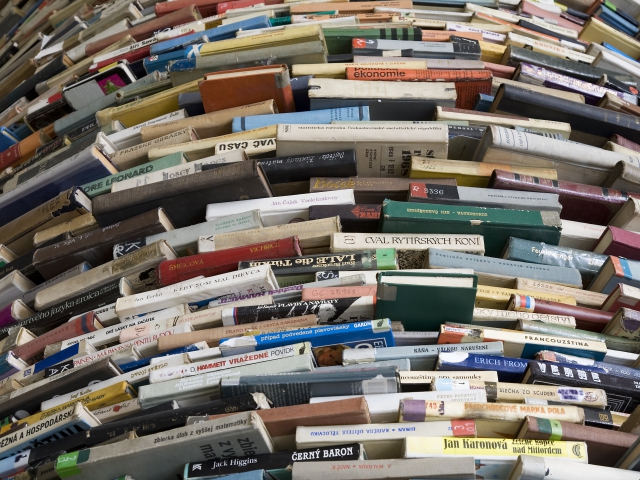
wikimedia.org
What does the following describe? Narrative form in which characters and actions have meanings outside themselves
propaganda
allegory
didactic literature
Question 9/12
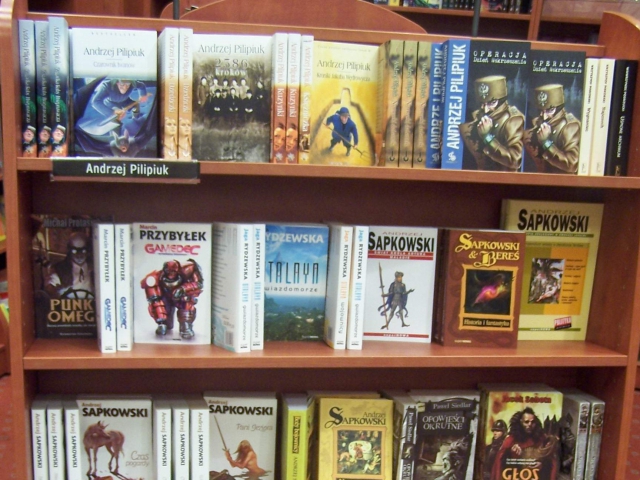
wikimedia.org
What does the following describe? Poem or prose lamenting the death of a particular person
elegy
eulogy
epitaph
Question 10/12
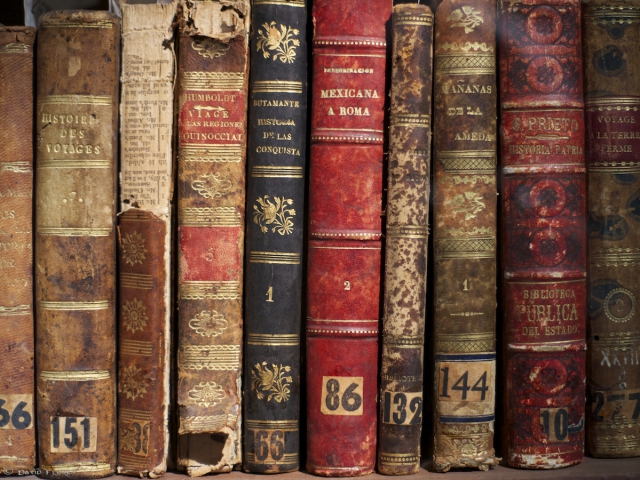
staticflickr.com
What does the following describe? Recurrent device, formula, or situation that often serves as a signal for the appearance of a character or event
anaphora
motif
theme
Question 11/12
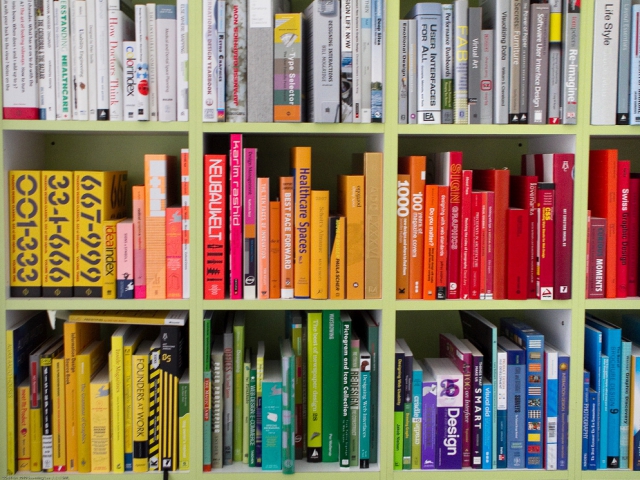
wikimedia.org
What does the following describe? Placing of two items side by side to create a certain effect,
juxtaposition
in media res
catharsis
Question 12/12
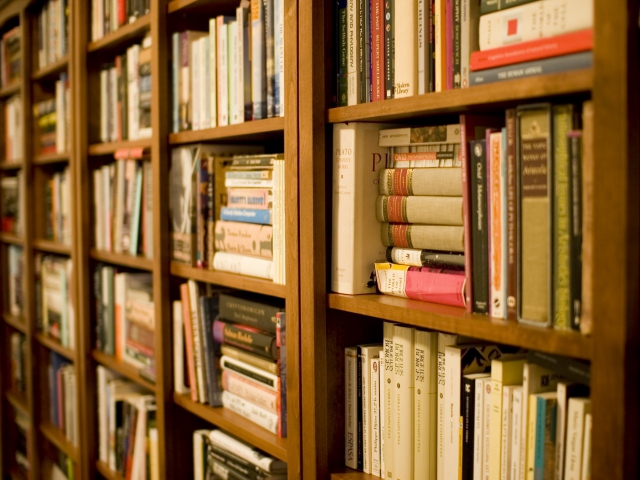
wikimedia.org
What does the following describe? The repetition of initial consonant sounds or any vowel sounds within a formal grouping
prose
assonance
alliteration
So rhetorical and literary devices are not your niche; no harm in that. We're sure you have some areas that you're totally well versed in. It's just that its hard for everyone to retain what they learned in their high school English classes, so we definitely can't blame you!
C+, Entry-Level English Student
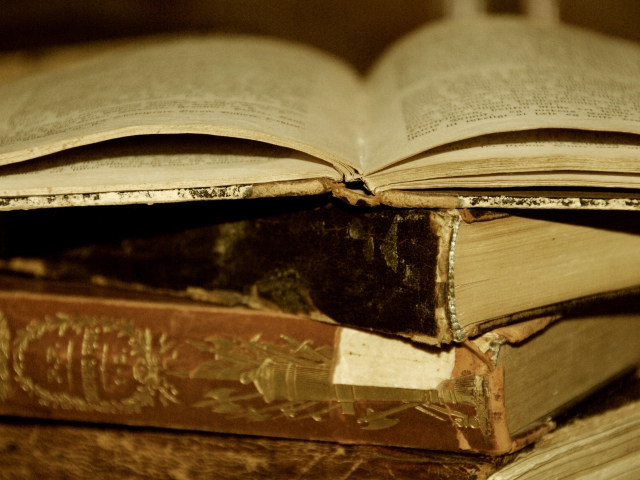
wikimedia.org
Right!
Well, you may not have achieved a perfect score, but this is still pretty darn impressive. Most people don't retain a majority of the information from their high school English classes, so either you're an exception, or you took your fair share of English classes later in life. Either way, good work!
B+, English Apprentice
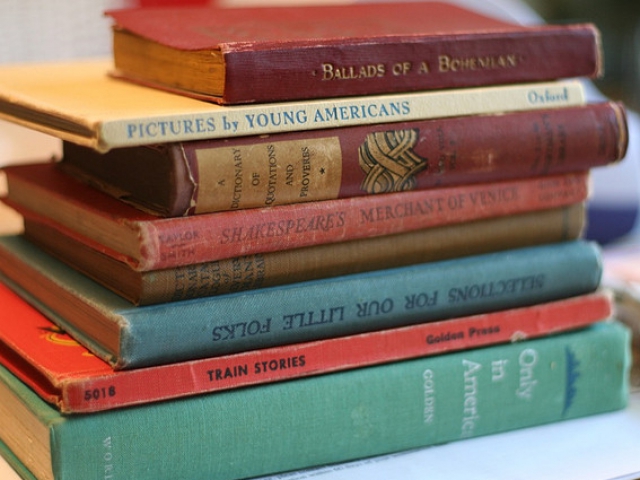
staticflickr.com
Right!
We're not betting people, but if we were, we'd be willing to bet that you took your fair share of English Studies courses in college (maybe you even have a degree in them). That, or you just retained way more from your high school English classes than 99% of people do. Good work!
A+, English Expert
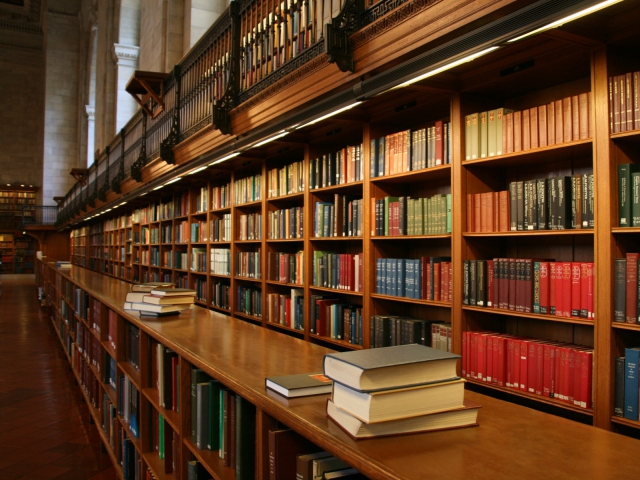
staticflickr.com
Right!
Check Your Answers
Play Again
In writing, there are several different techniques and devices you can use to catch your audience's attention. These generally take place in the form of rhetorical devices. Do you know which technique does what? Take our quiz to find out!
1

What does the following describe? A brief story or tale told by a character in a piece of literature
anecdote
allusion
oxymoron
2

What does the following describe? A direct opposition between things compared; inconsistency
expletive
irony
contradiction
3

What does the following describe? A figure of speech that combines two apparently contradictory elements
oxymoron
syllogism
satire
4

What does the following describe? A person or thing that makes another seem better by contrast
antagonist
foil
bildungsroman
5

What does the following describe? A satirical imitation of a work of art for purpose of ridiculing its style or subject
parody
epitaph
paradox
6

What does the following describe? A statement that seems contradictory, but is actually true
diction
analogy
paradox
7

What does the following describe? Character or force in a literary work that opposes the main character
doppelganger
litote
antagonist
8

What does the following describe? Narrative form in which characters and actions have meanings outside themselves
propaganda
allegory
didactic literature
9

What does the following describe? Poem or prose lamenting the death of a particular person
elegy
eulogy
epitaph
10

What does the following describe? Recurrent device, formula, or situation that often serves as a signal for the appearance of a character or event
anaphora
motif
theme
11

What does the following describe? Placing of two items side by side to create a certain effect,
juxtaposition
in media res
catharsis
12

What does the following describe? The repetition of initial consonant sounds or any vowel sounds within a formal grouping
prose
assonance
alliteration

